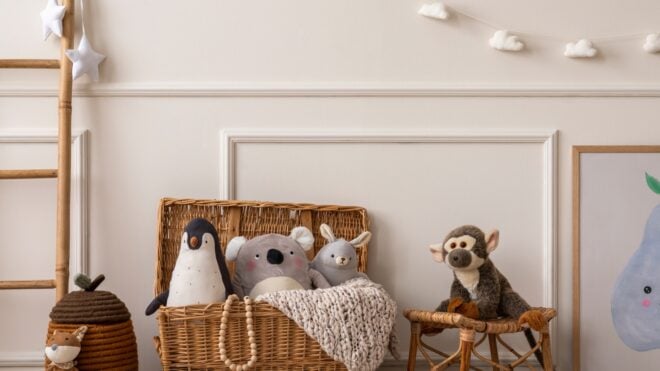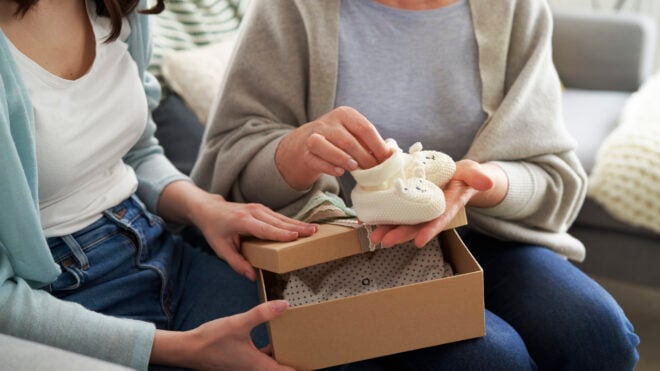Right after my daughter made her appearance in the world, the nurse turned to me and asked me where my cooler was to store the placenta. I can understand that she thought I wanted to take it home because I had come in with an insanely uber hipster birth plan. But alas, I did not have the desire to eat the “twin” of my newly minted child.
Placenta-eating is all the rage these days with Kim Kardashian (and sis Kourtney Kardashian), Alicia Silverstone, Tia & Tamera Mowry and other celebs Instagramming and talking about it in the Twittersphere. Those who have partaken in placentophagy tout benefits such as weight loss, improved sleep, improved moods and increased breast milk production. Kim K even believes it’s the fountain of youth.
So how does one go about eating the placenta? Well you can blend it into a smoothie while its raw, gulp it down as is, or you can pan-sear it like a steak. There are recipes books dedicated to cooking this bleeding organ. But my question is if you thoroughly cook a placenta in the woods, does anyone still get the nutrients? Regardless, the metallic taste of blood will linger.
RELATED: How to Prepare and Serve Your Placenta
I wasn’t really feeling the whole Hannibal thing, so I looked into other options. The alternative was encapsulation by a professional who will dehydrate the placenta and then pack it into pills which you are then supposed to eat daily postpartum for the benefits of milk production, beating baby blues, etc. This process carries the whopping price tag of $300. Given the other costs of baby must-haves, this was not at the top of my list.
I had a good friend who did encapsulation and she said she never even had the time to eat the pills postpartum. Knowing my own lack of discipline with taking vitamins or birth control (which, ahem, explains my current situation), I knew I could not commit to actually taking the dried pills daily and the money would just be wasted.
And I can't help but wonder: If this practice is so great, shouldn’t there be evidence of ancient cultures doing it?
After becoming a mother, during the first few months, I saw how precious time was and also how loopy my sleep-deprived brain was, and knew that I would have never taken these pills and was glad that I didn’t dish out for them.
Yet, I was still curious.
After doing a little bit of research I learned that this exotic cuisine isn't as healthy as advocates might say. Even though midwives and earthy new-agers are touting benefits of placentophagy, there has been zero research to back this up. The closest research I could find was one published in 1954 in Czechoslovakia that showed increased milk production—but no controls were used during the study. And no one has been able to replicate this study since then. All the evidence for the supposed benefits is totally anecdotal and point to a placebo effect.
RELATED: Top 10 Things You Can Do With a Placenta
The modern research that has been done shows that the placenta is a storehouse for nutrition, but along with it are toxins that are filtered and absorbed by the placenta which is meant to protect the growing fetus. And some women who eat their placentas end up with nausea, vomiting, and feeling ill. And if you have any gunky pathogens in your blood and share the placenta with your partner or others, they may end up getting sick too.
And I can't help but wonder: If this practice is so great, shouldn’t there be evidence of ancient cultures doing it? But a historical review showed that only during periods of famine did people eat their placentas. It's true that the Navajos and Egyptians revere the “second child,” but they don’t actually eat it. I guess that would be a little cannibalistic. It was only during the 1970’s when a group of counter-culture women ate their placentas after giving birth in a commune did the trend really begin.
So considering the shiny price tag, the potential toxic effects, and the sheer lack of evidence of anyone eating their placenta before 1970 (unless they were literally starving to death), I have zero regrets that I chose to opt out of this fad.




